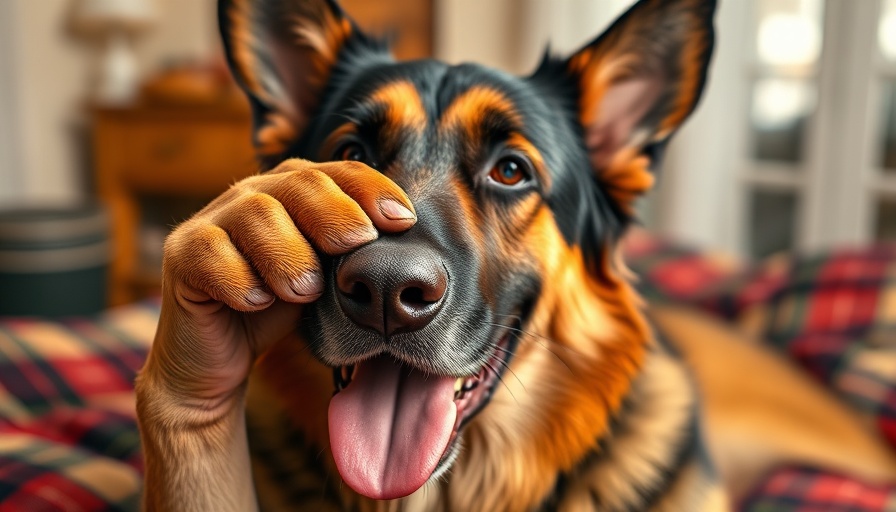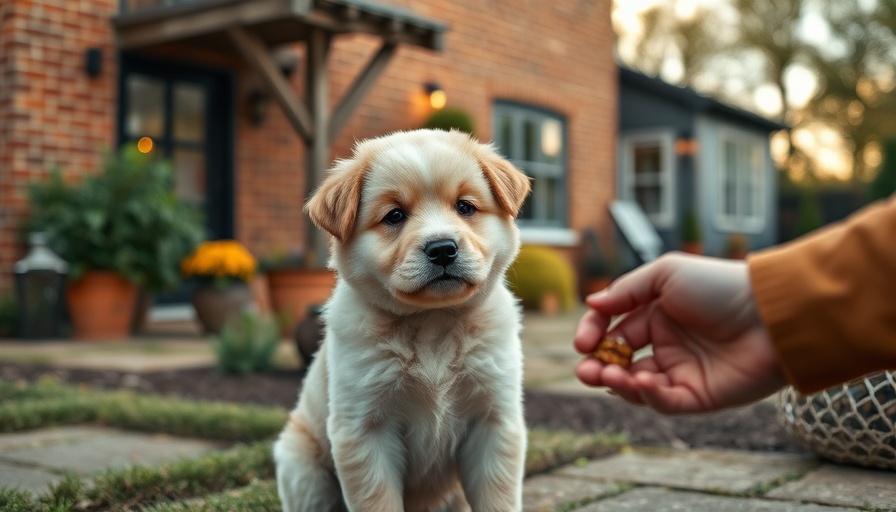
Understanding the Emotions of Our Canine Companions
When we think of dogs, the first images that often come to mind are those of unbounded joy, tail wags, and playful antics. Yet, the emotional landscape of our furry friends can be far richer than simple happiness. From expressions of grief to hints of jealousy, dogs can display a wide range of emotions. For pet owners, the question arises: can dogs experience embarrassment like humans do?
Do Dogs Actually Experience Embarrassment?
The short answer is that it's complicated. While dogs can demonstrate nuanced emotional responses, such as distress or excitement, labeling these feelings as "embarrassment" might be a stretch. For instance, if a dog gets caught rummaging through the trash, its behavior may mimic that of a shamefaced child. However, experts argue that this reaction stems more from learned behavior, or appeasement signals, rather than an understanding of social norms. It’s essential for pet parents to remember that dogs don’t possess the same cognitive reasoning skills that lead to human embarrassment.
Why Canines May Show Signs Typically Associated With Embarrassment
Pet owners often observe behaviors like tucked tails, pinned ears, or a bowed head during questionable moments. These physical signals can resemble embarrassment, leading us to rationalize that our dogs feel ashamed. But context is key. A dog may display these behaviors when under stress, or they may simply reflect a response to their owner's facial expressions or body language. Recognizing this can help pet owners make more informed decisions about their training and reactions.
Exploring the Link Between Human Emotions and Dog Behavior
The complexity of human emotions—like social embarrassment—does not translate directly to canine companions. Understanding that dogs operate outside the bounds of societal expectations can redefine how we interact with them. Many behaviors deemed embarrassing are natural instincts. For example, dogs love to investigate smells; a rummaging episode reflects their innate curiosity, rather than a desire to embarrass. This distinction is crucial for fostering a positive training environment.
When to Differentiate Behaviors
Many pet owners may perceive specific dog behaviors as synonymous with shame. Yet, recognizing the following behaviors can enhance our understanding:
- Ears pinned back: Often a sign of submission, not embarrassment.
- Bowed heads: Typically a calming signal rather than a signal of self-consciousness.
- Tucked tails: A response to fear or submission rather than social embarrassment.
- Hunched posture and sad eyes: These can indicate anxiety or distress instead of shame.
Educating Ourselves as Responsible Pet Parents
A deep understanding of canine behavior not only builds empathy but also strengthens the bond between pets and their owners. By examining our dogs’ actions without attributing human emotions, we can train with patience and compassion. For instance, rewarding a dog for positive behavior instead of punishing them for curiosity leads to a more trusting relationship.
Supporting Emotional Intelligence in Dogs
While dogs might not feel embarrassment as humans do, they do experience a variety of emotions such as joy, fear, and anxiety. Recognizing the nuances in their behaviors can help pet owners foster an environment where emotional intelligence thrives. Training should prioritize understanding, patience, and appropriate behavioral corrections that consider a dog's natural instincts. By doing so, we respect our pets as the unique individuals they are, enhancing our shared experiences.
Engaging with experts, veterans in pet healthcare, and reliable resources can deepen your understanding of canine behavior. Always consider consulting with a veterinarian or animal behaviorist for tailored advice on navigating any behavioral concerns with your pet.
Communicate and Connect
Understanding the complex emotional world of dogs encourages pet owners to foster better connections with their furry friends. Engaging in ways that build trust—through positive reinforcement training, interactive play, and mindful care—can lead to a healthier and happier canine. If you're looking to dive deeper, don’t hesitate to chat with Chewy's vet team to explore tailored advice for your dog's unique behaviors and needs.
 Add Row
Add Row  Add
Add 


 Add Row
Add Row  Add
Add 

Write A Comment